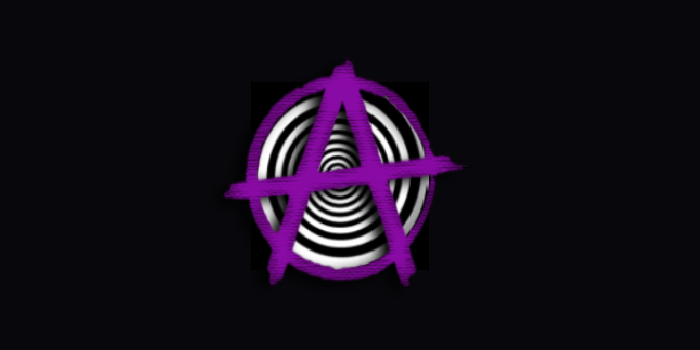
We are Cultpunks.
We affirm that belief systems, rituals, symbols, pilgrimages, tenets, holy days, shrines, festivals, taboos, mythologies and pantheons can and should be created as works of art.

If so, then surely any sufficiently advanced magic is likewise indistinguishable from technology, and religions may usefully be considered as psychological technologies. Just like any other tech, they can be hacked or invented by those artistic fringe-dwellers who have the courage, imagination and tools to take that understanding as read and then ask “now what?”

The best of mainstream, establishment religions offer community, mythology, ritual, shared values and opportunities to do actual good in the world.
The worst of fundamentalism imposes xenophobia, authoritarianism and mass-market delusion.
Cultpunk offers open-source spirituality, serious play with the Big Questions and the creative, psychotech-savvy human’s path to Prophet. Communities, mythologies, rituals, shared values and opportunities for altruism are all on the table.
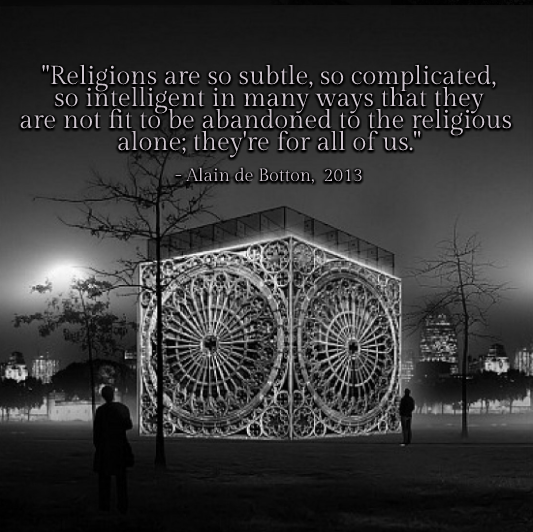
If a new religion begins with the understanding that it’s a work of art – and takes that art, not literally, but seriously – then it’s free to draw inspiration from all kinds of sources, including other works of art/media, without descending into superstition (or the other classic negatives of “culty cults”). The experience of creating the religion inoculates against fundamentalist propaganda, because the creator so intimately understands how the propaganda sausage is made.
We’re inspired by a panoply of creative works on the themes of religion, occult orders, radical spiritualities and embodied philosophies. These works exist across multiple genres from science fiction, fantasy and horror to social realism, via media including short stories, novels, movies, TV shows, games, fashion, music, visual arts and performing arts.
We embrace all works of art that spring from the naturalistic worldview into realms of deep symbolic meaning and soulful resonance.

We also study real cults and new religious movements, especially those rare few invented religions (allowing that all religions are, in fact, “invented”) that acknowledge the roles of human creativity and imagination in their invention. Many others are useful case-studies in what not to do, re. xenophobia, authoritarianism and delusion.

Cultpunks understand superstition but are more interested in significtions that re-enchant reality via the willing suspension of disbelief. We may not take gods and ghosts and magic literally, but we do take them seriously. We invent and remix, individualize, extrapolate, fracture and re-make beliefs, aliefs, quasi-beliefs and metabeliefs into DIY Poetic Faiths.
In this Work, we follow in a weird and proud tradition.

Cultpunks are — simultaneously — Dorothy (the Seeker/Initiate, who sometimes steps off the yellow brick road), Toto (the Skeptic, who pulls back the curtain), the Wizard (both of him, The Apparition and the Trickster) and L. Frank Baum (their Creator, who writes the story).
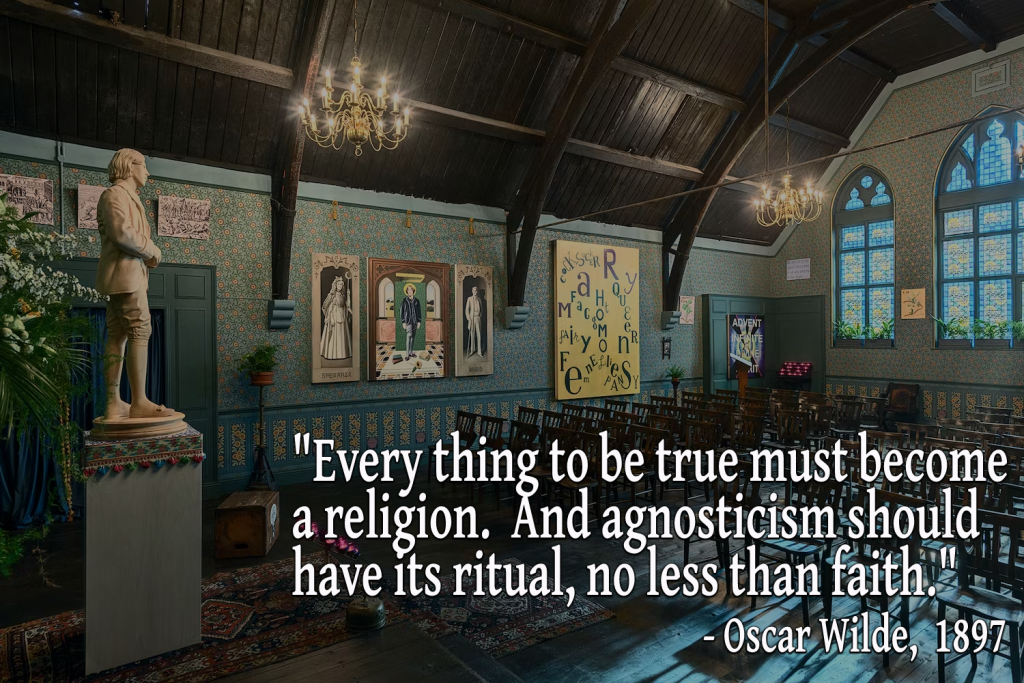
Fuck all corporatized “content”. Fuck all “branding”. Cultpunk is not a selfie background. Fuck – most sincerely – the bipolar mainstream monoculture. They tried that in the 1950s but then the ’60s ran up and kicked them in the beliefs, where it really hurts. Now some of them have forgotten that pain and are trying again.
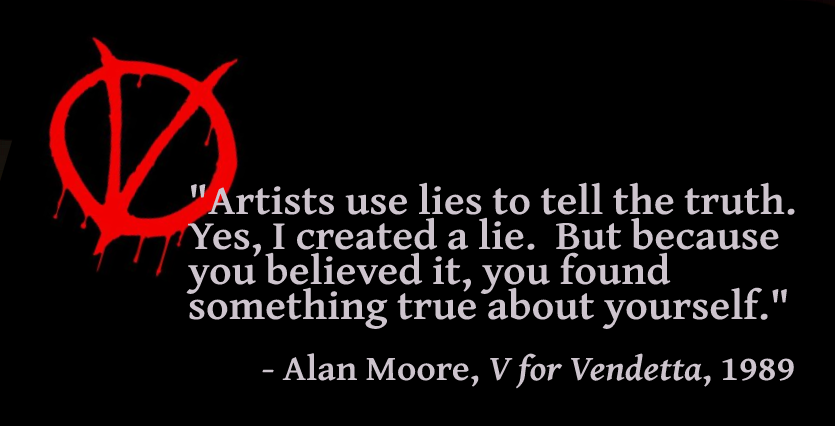
We are not “consumers” shopping in a “spiritual marketplace”.
We’re gamers and designers, artists and engineers and explorers of and in Cultpunk adventure playgrounds. Where Cultpunk playgrounds don’t exist yet, we build them. We seek kinetic interactions with the quasi-divine, initiatory trials of ingenuity, balance and nerve. We craft free-roam sculpture gardens of cryptic altars and secret shrines, labyrinths of mythopoetic mysteries, grassroots, DIY symbological theme-parks. We curate our own libraries of fringe religious fact and fiction, museums of obscure faiths and spiritual wunderkammer, Philosophical Silk Roadside attractions.
When the rite becomes rote, we change the rite.
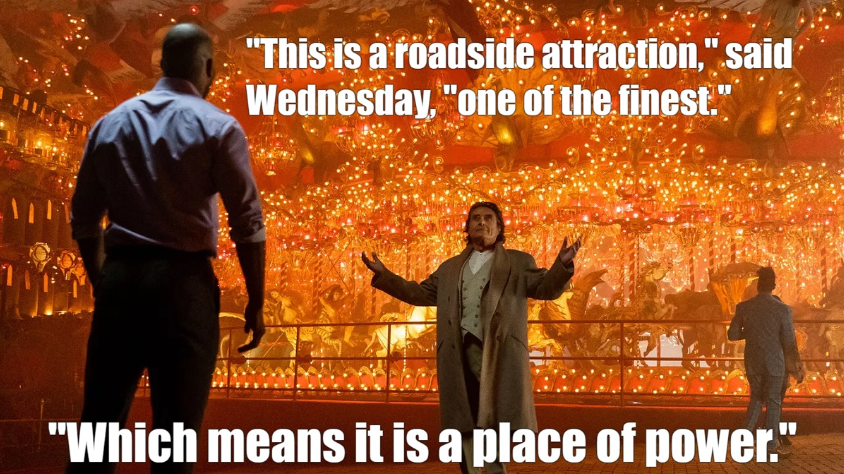
Cultpunk answers the Meaning Crisis with a phantasmagoria of immersive psychomagical experiences, works of artistic fiction and works of artistic reality. It is a scene, a genre, not a movement. Our tactics are yes, and … and as if.
We’re imagineering the futures of faith and faithlessness, one quasi-spiritual TAZ at a time.
